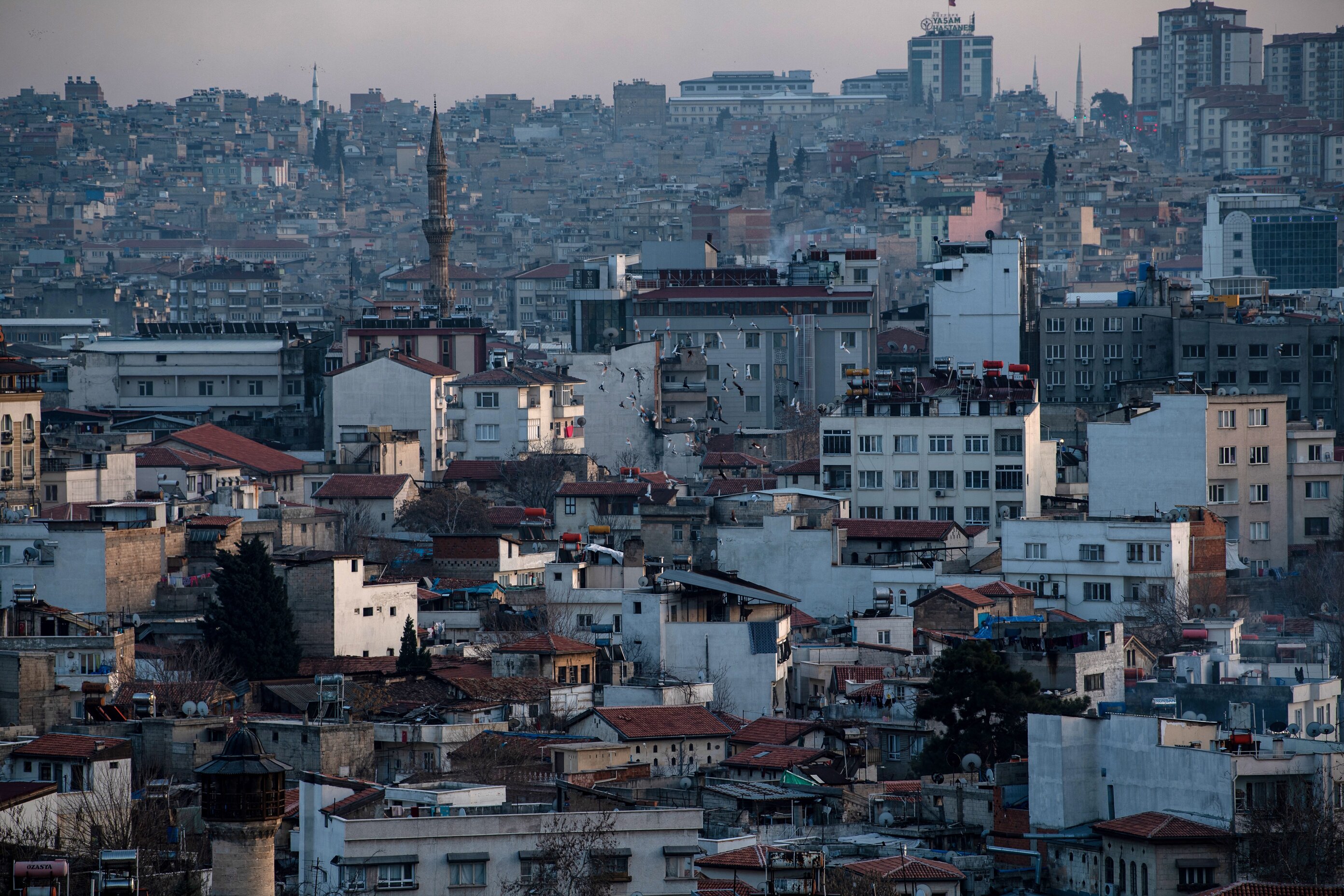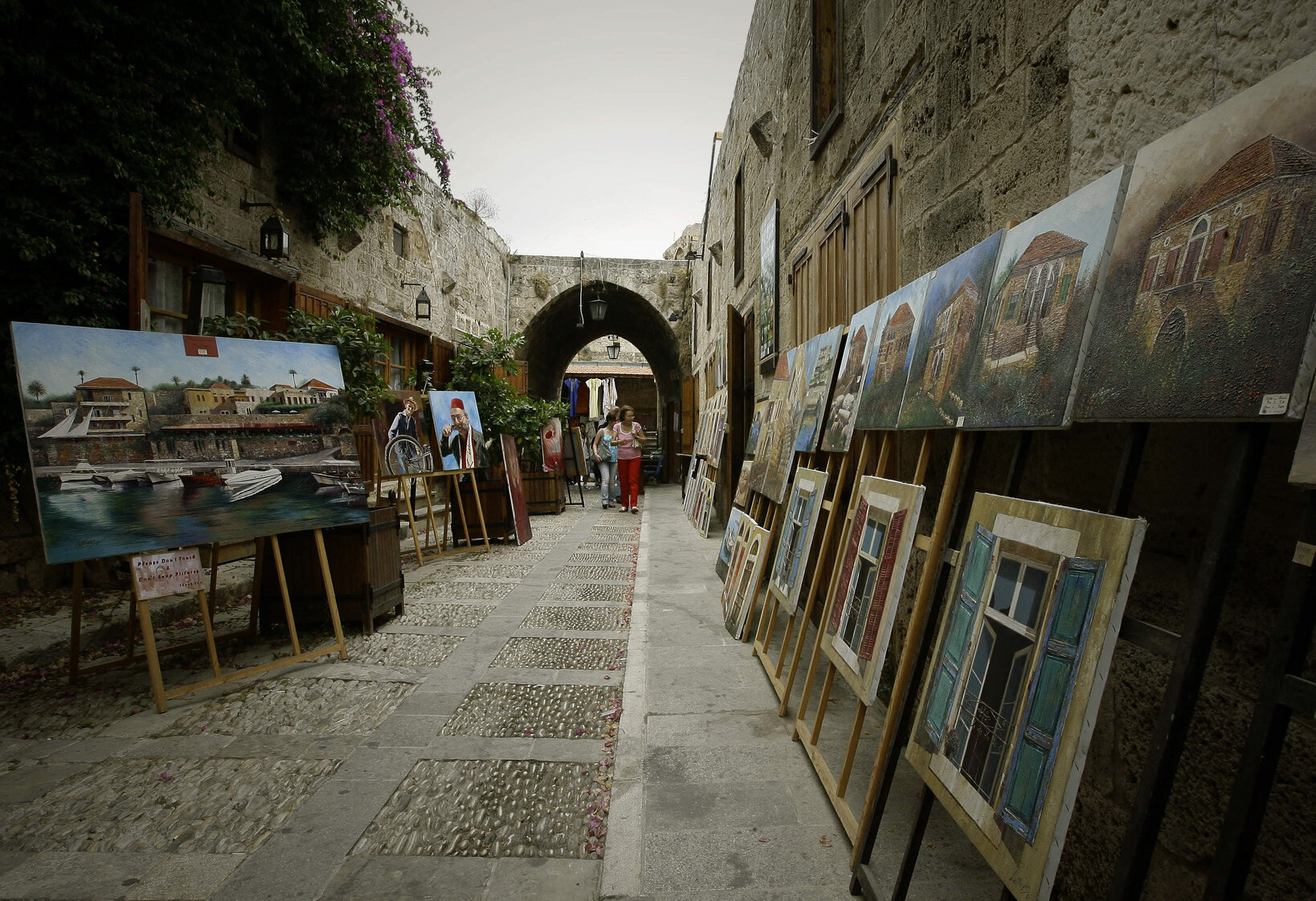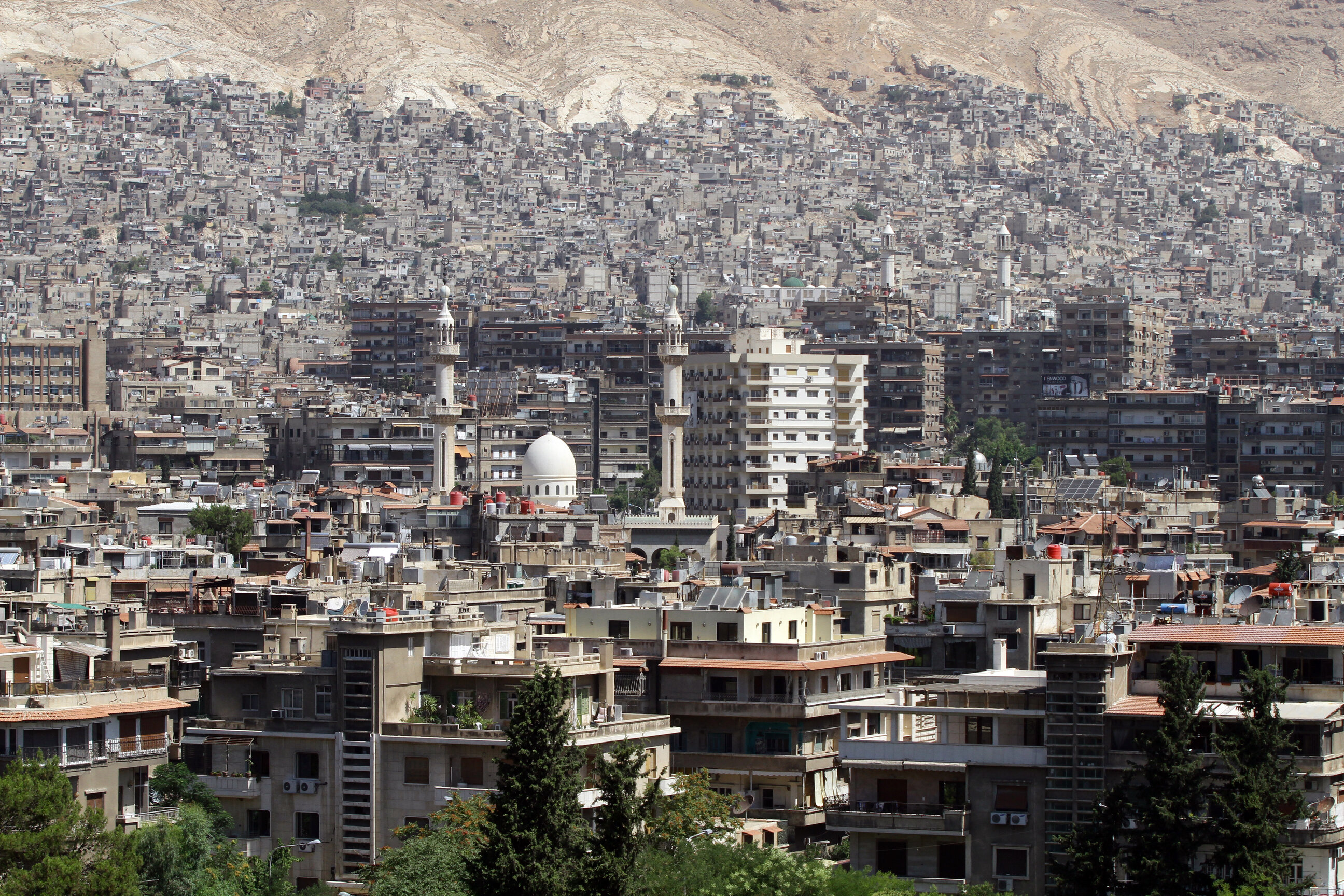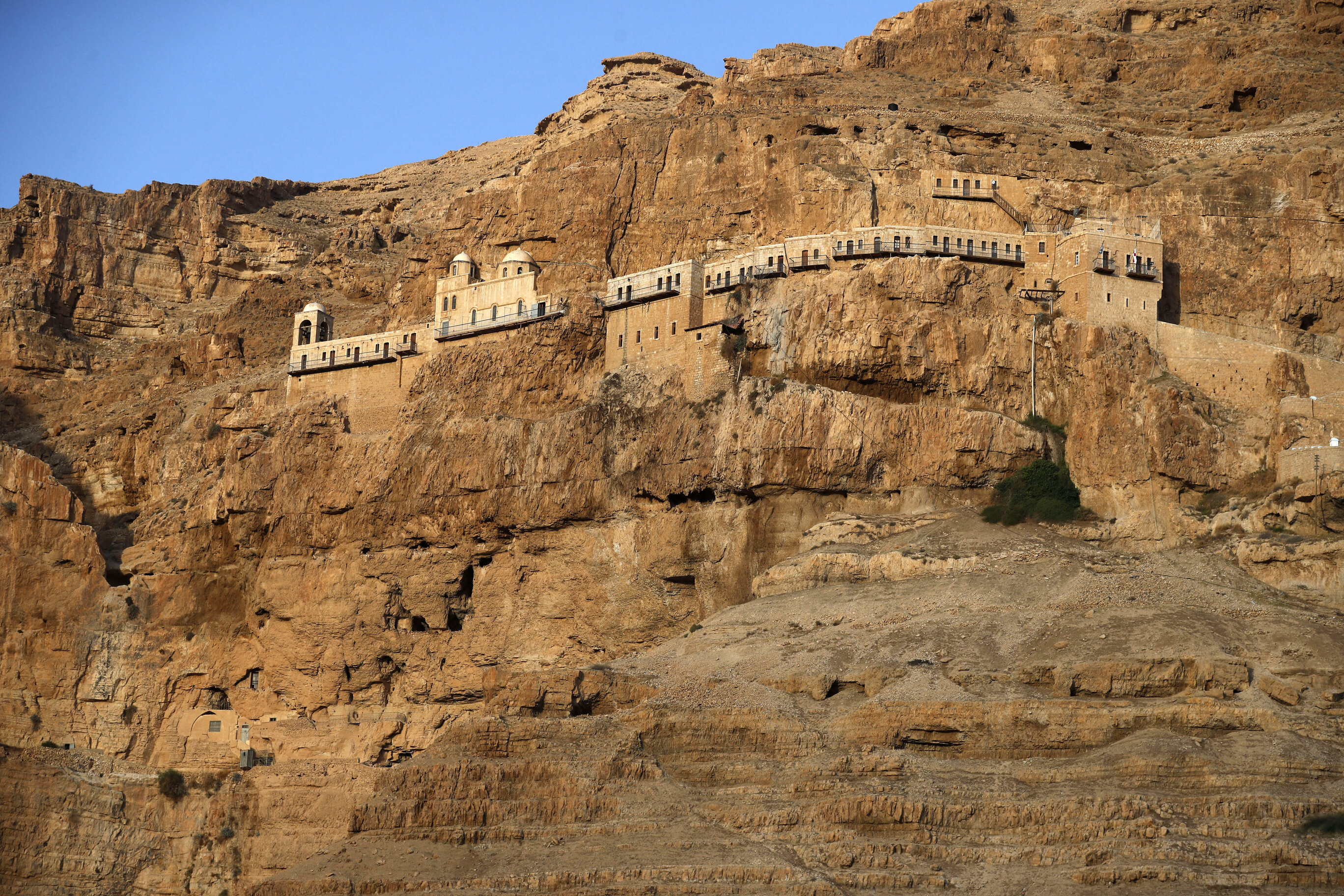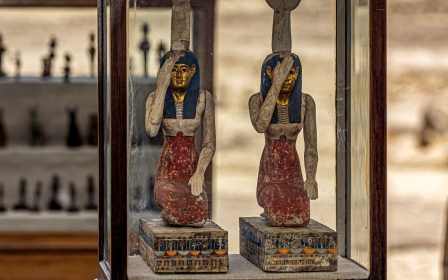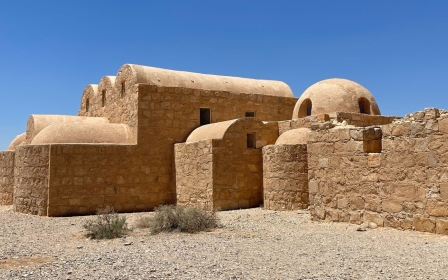Five of the Middle East's oldest cities that are still inhabited

With the advent of agriculture around 11,000 years ago, human populations in the Middle East began settling in one place, and started to abandon their previous hunter-gatherer way of living.
Growing crops and domesticating animals often resulted in food surpluses, which meant people had less of a need to move around in search of new sources of food.
Small agricultural settlements eventually turned into villages, towns and cities and the building blocks of civilisation were laid.
The first cities in the world were established in the Middle East, including at Catalhoyuk, near modern Turkey’s Konya, which was inhabited around 7,400 BCE and abandoned about two millennia later.
At Catalhoyuk, researchers have uncovered early examples of art, in the form of domestic murals, as well as evidence of spiritual practices, such as statues of deities, including the Seated Woman of Catalhoyuk, believed to be a representation of the prehistoric "Mother Goddess".
New MEE newsletter: Jerusalem Dispatch
Sign up to get the latest insights and analysis on Israel-Palestine, alongside Turkey Unpacked and other MEE newsletters
While the city was eventually abandoned, possibly due to the effects of disease, overpopulation and climate change, some early Middle Eastern cities continue to be inhabited to this day.
Here Middle East Eye looks at five cities that have withstood the test of time.
1. Gaziantep, Turkey
The city today known as Gaziantep in Turkey has likely been inhabited since the fourth century BCE, as evidenced by the discovery of pottery fragments.
Nestled close to the Syrian border between limestone hills and ample fresh water sources, the city has been fought over by empires for millennia, from the Hittites during the late second millennium BCE through to the Ottomans in the medieval and modern ages.
The root of the city's name is subject to debate; it could be derived from the Arabic and Aramaic word ain, meaning spring, or the word khantap which means “King’s land” in the Hittite language.
The ancient city was also on a trade route between the Anatolian highlands and Egypt, and therefore attracted a diverse population over the millennia.
Gaziantep remains an important agricultural city in modern Turkey, producing pistachios, olives and vineyards.
2. Byblos (Jbeil), Lebanon
According to archaeologists, Byblos, or Jbeil as it is known today, has been inhabited since around 5,000 BCE.
Lying on Lebanon’s Mediterranean coast, over thousands of years the city has outlived many empires, falling under the rule of the Ancient Egyptians, Assyrians, Romans and Arabs, among many other civilisations.
Its importance lies in its proximity to the sea and its historical role as a staging post for traders travelling throughout the Mediterranean.
The Phoenicians, who inhabited the city between 2,500 and 4,500 years ago, earned a reputation for being skilled seafarers, establishing colonies all along the Mediterranean as far as Spain
The city was actually called Gebal which means "source of God" by those who established it. However, the Greeks later called it Byblos, meaning “book”, because of the city’s role in exporting Papyrus.
The city is recognised by Unesco, the UN’s cultural agency, as being a place of “Outstanding Universal Value”.
Surviving historic features of the city include Ottoman houses and Crusader structures.
3. Erbil, Iraq
The capital of Iraq’s Kurdish region, Erbil has been inhabited since around 2,300 BCE, with some estimates putting the city’s beginnings earlier at around 6,000 years ago.
A name resembling the word “Erbil” appears in Sumerian sources around 5,000 years ago and the later Semitic-speaking Akkadians mention a place called Arba-ilu, which means “four gods”.
The modern city is still centred around the ancient city’s citadel, which is probably at least 4,000 years old.
At a crossroads between Anatolia to the north, Iran to the east, and the Levant to the west, Erbil has been fought over by empires throughout history. As a result, it has been ruled by the Babylonians, Persians, Romans, Arabs and Turks, among others.
The citadel is recognised as a heritage site by Unesco and local authorities are investing heavily in developing museums and establishing the city as a major tourist destination.
4. Damascus, Syria
Damascus is first mentioned as Ta-ms-qu in the second millennium BCE during a period when Egyptian and Hittite empires were fighting for control of the Levant.
By the first millennium the name had evolved into the recognisable Dimashqu, an Aramean name, close to the Arabic Dimashq.
The city was established around 4,300 years ago but researchers have found evidence of human settlement around 8000 and 10,000 years ago in the Tal Rafat area on the outskirts of the city.
Damascus features in both the Old and New Testaments of the Bible, most famously as Paul’s destination when he encounters the resurrected Jesus, leading to his conversion to Christianity.
The “Damascene Conversion” has come to mean a sudden change in a person’s beliefs; Paul had been a persecutor of Christians until his meeting with Jesus, after which he became an evangelist for the faith.
Later, after the birth of Islam and the establishment of the Umayyad Caliphate, the Caliph Muawiya made the city his capital, cementing its continued status as one of the most important cities in the Middle East and Islamic world. It is a reputation that survives despite a decade of civil war in Syria.
5. Jericho, Occupied West Bank
Called Ariha by the Palestinians, Jericho is arguably the oldest continuously inhabited city in the world at around 11,000 years old.
That name comes from the Canaanite word "reah" which means fragrant, a cognate of the Arabic and Hebrew names for the city; with speakers of the latter calling the city Yariho.
Located in the Jordan Valley in the occupied West Bank, the city has a colourful history, involving various empires, as well as providing the backdrop to one of the most famous episodes in the Bible.
According to the Book of Joshua’s account of the Battle of Jericho, the invading Israelites besieged the Canaanite inhabitants of the city, who were protected by a fortified wall.
The tradition says that God commanded Joshua, the leader of the attacking force and a successor to Moses, to circle the walls with his troops once a day.
On the seventh day, the Israelites blew their trumpets, bringing down the walls protecting the city and subsequently massacring all the inhabitants of the city.
Despite its historic and religious importance, Jericho shrunk to the size of a village during Ottoman times but its population grew from the British Mandate period onwards.
Besides its history, Jericho holds the distinction of being the lowest lying inhabited city in the world at 240 metres below sea level.
This article is available in French on Middle East Eye French edition.
Middle East Eye delivers independent and unrivalled coverage and analysis of the Middle East, North Africa and beyond. To learn more about republishing this content and the associated fees, please fill out this form. More about MEE can be found here.


